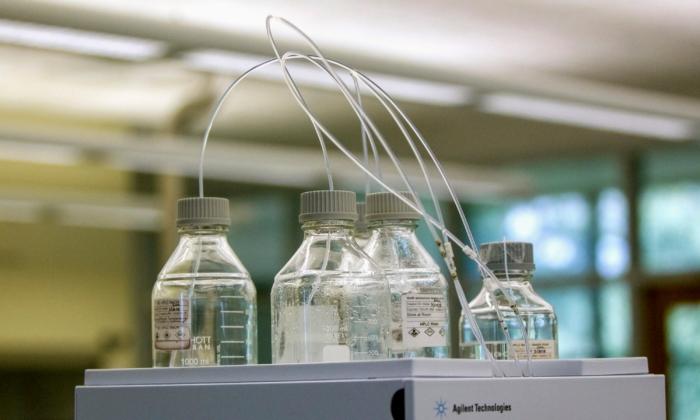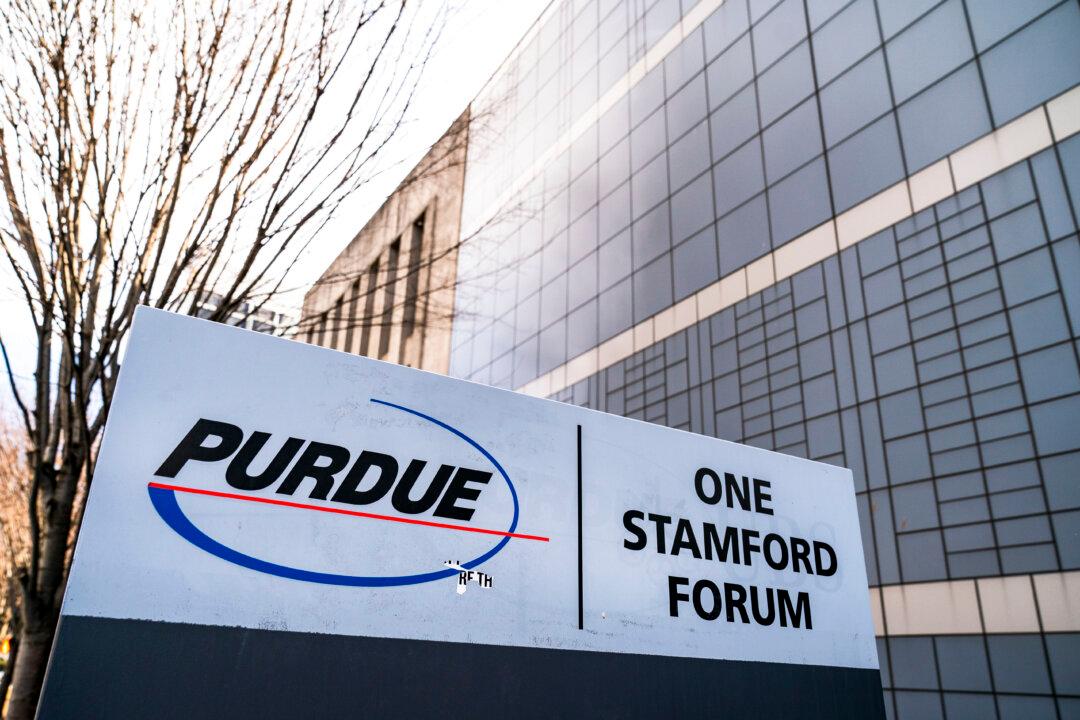Industry advocacy groups have joined in a lawsuit to halt the federal government’s new “forever chemical” regulations that take effect on June 25.
The EPA’s final rule establishes the National Primary Drinking Water Regulation under the Safe Drinking Water Act (SDWA) to reduce per- and polyfluoroalkyl (PFAS) levels in water.
The EPA’s initiative was funded by a $2 billion grant from the Bipartisan Infrastructure Law.
The final rule mandates that public water systems watch for these compounds of PFAS and gives them three years to complete a review. By 2027, these public water systems must also begin informing the public of PFAS levels.
The public water systems will have five years to plan how to reduce PFAS levels. By 2029, if PFAS are found in these public water systems, they will face fines.
According to the EPA, PFAS are unique organic compounds because they don’t break down like other compounds. They are used to make stain and water-resistant fabric and other consumer products like Teflon and fire-fighting foam.
Scientific research has found that PFAS accumulates in the body and has the potential to lead to multiple health problems, including cancer.
The EPA has also found high levels of PFAS in drinking water, which prompted the final rule.
However, manufacturers and the chemistry council argue that the final rule exceeds the EPA’s authority under the SDWA and is “arbitrary, capricious, and an abuse of discretion.”
The organizations added that the EPA’s rule was enacted “without observance of procedures required by law,” and asked that the order be vacated.
The petition was lodged after the American Water Works Association (AWWA) and Association of Metropolitan Water Agencies (AMWA) filed a similar petition for review against the EPA, arguing that while the two organizations support safe public drinking water, the EPA has relied on its conclusion without proper scientific research, and then enacted the rule without congressional oversight.

In addition, the two organizations argued that the final rule will be too expensive for local governments to follow and would exponentially increase water bills for users.
“The EPA has significantly underestimated the costs of this rule and the adverse impact that it will have on individual water users,” they argued.
The AWWA said that new technologies aren’t “a silver bullet” in addressing PFAS pollution in water.
“Also, the cost of remediation technologies can vary dramatically, depending on the extent of contamination, the selected remediation method, and the scale of the project,” AWWA said.
‘Rising Concern’
In July 2023, a U.S. Geological Survey study found that 45 percent of the country’s tap water is contaminated with PFAS, which the study called a “rising concern.”The study said that PFAS have been “widely-documented in human plasma” and can be transferred through birth.
“Some PFAS have also been linked with human developmental, metabolic, and immune disorders, as well as certain types of cancers,” the study said. “Potential pathways to drinking-water resources are diverse, including biosolids application, outdoor products (e.g. ski waxes), industrial releases, firefighting foams, and discharges from wastewater treatment, septic, stormwater, and landfill systems.”







